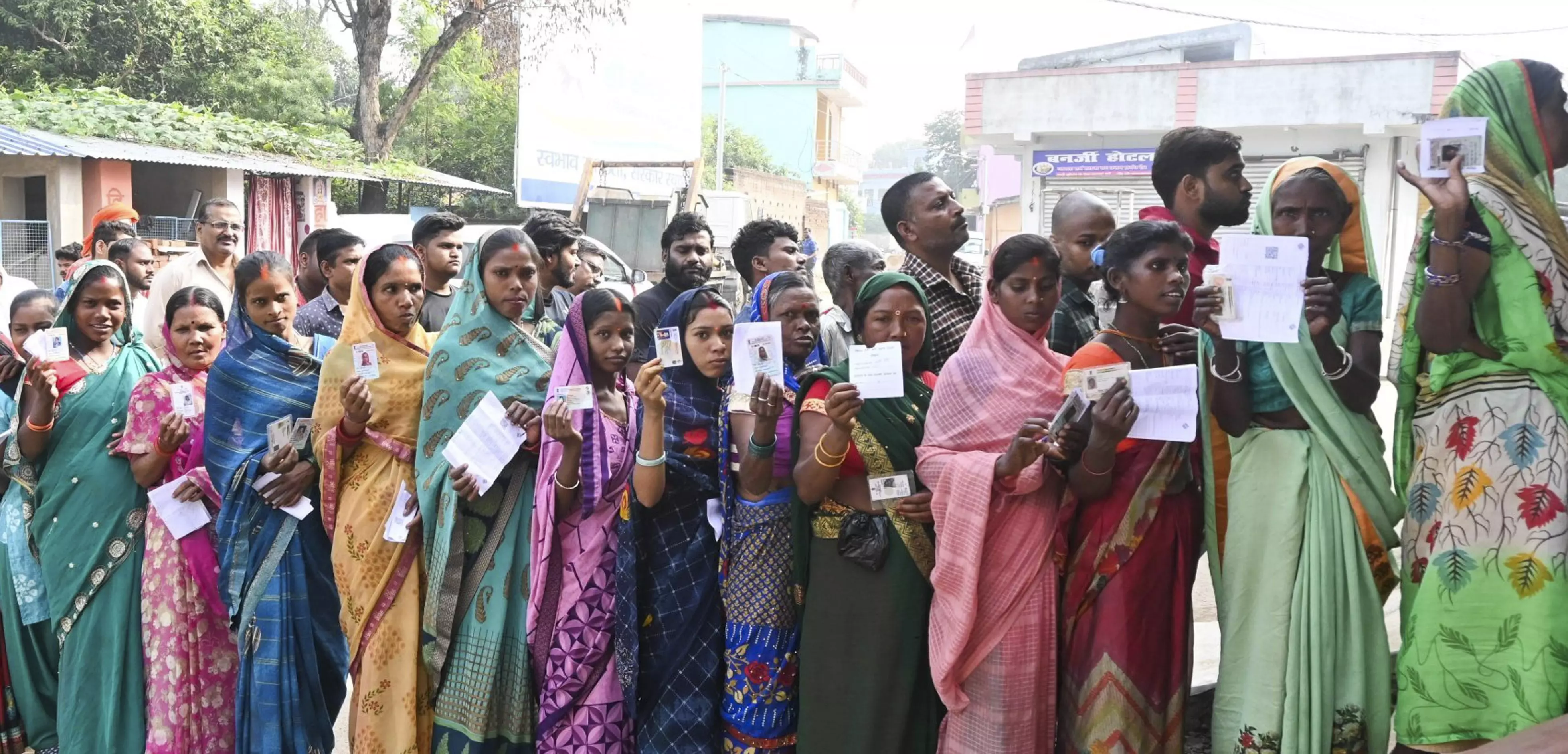
Bihar electoral roll anomalies: 11,000 voters ‘not traceable’? | Interview
Missing and dead voters, duplicates: How clean are our voter rolls? Former CEC Gopalaswami answers in this interview

A recent electoral revision exercise in Bihar revealed shocking discrepancies — over 41 lakh voters, including more than 11,000 'non-traceable' individuals. As Parliament debates the fallout, former Chief Election Commissioner N Gopalaswami speaks to The Federal about what went wrong, why outdated records distort electoral credibility, and how voter roll management must evolve.
Also read: Why Yogendra Yadav believes Bihar SIR should be scrapped I Interview
Over 41 lakh bogus electors in Bihar have been flagged, including thousands who are non-traceable. How do you view this issue?
This isn't exactly about bogus voting, though that's often the assumption. The root cause is neglect in maintaining the electoral rolls over time. Since the intensive revision process was abandoned — around 2004 or 2005— there hasn’t been systematic upkeep. Earlier, every five years or so, we’d conduct an intensive revision, usually a year before assembly elections. That process stopped, and with it, basic record-keeping declined.
Now you’re seeing anomalies: about 2.5 per cent of listed voters are actually deceased but still on the rolls. Had we maintained the rolls properly, such large discrepancies wouldn’t occur.
So you believe Special Intensive Revision (SIR) should be a regular practice?
Absolutely. Every five years, we must revise the electoral roll to update it thoroughly. That’s the only way to prevent bogus entries from persisting and ensure those no longer eligible — like the deceased or those who’ve moved — are removed before the next elections.
Also read: EC's SIR in Bihar a precursor to One Nation, One Election? Talking Sense With Srini
BLOs have flagged cases where voters are registered at addresses they don’t actually live in. What does that say about the system?
It reflects systemic lapses. If we had conducted house-to-house verification, these anomalies wouldn’t exist. People being registered as voters without even a physical dwelling at that address is a serious flaw — and it's entirely preventable with proper verification once every five years.
More than 5 per cent of Bihar voters have been flagged as missing or misregistered. In constituencies with narrow margins, wouldn’t this undermine the election's credibility?
In my view, it doesn't directly affect the credibility of results. Voter turnout in Bihar has always been low, which itself signals issues in the electoral rolls. For example, if you remove the 5 per cent of fake or misregistered voters, the polling percentage would rise from 56 per cent to 61 per cent. Compare that to the national average of 65.79 per cent in the last general election.
The problem isn't voter apathy — it's a bloated denominator. Cleaning the rolls would give a more accurate picture of participation.
You’ve mentioned that migration can distort electoral rolls. Could you elaborate with examples?
Take Chennai. Around Diwali and Pongal, a lakh people leave the city for their hometowns — some by bus, train, others by private transport. A fraction of these individuals might be registered both in Chennai and in their native places. Even if just 25 per cent of that lakh are double-registered, that’s 25,000 entries. In a city with 7-8 lakh voters, that skews polling percentages by 2 per cent or more.
Migration is higher in states like Bihar and Uttar Pradesh compared to Tamil Nadu or Karnataka. Better-developed states see more internal migration, while others see people move out entirely. Without frequent roll cleanups, the distortion builds over time.
Why haven’t we developed a foolproof method to filter out duplicate registrations?
The concern over people voting in multiple places is a bit overstated. Duplicate names don’t automatically translate to duplicate votes. But the problem stems from a policy change around 2000–2001. Earlier, when someone wanted to register as a voter, Form 6 asked where they had previously voted. Most applicants left it blank, leading to high rejection rates.
To counter this, the Election Commission relaxed the rule — if you didn’t fill in the old address, they'd still enroll you. That led to duplicates. The Commission couldn’t easily cross-verify entries, especially in a country with no biometric-based linkage at the time.
Also read: Cornered by design, say Seemanchal Muslims as Bihar SIR unsettles lives | Ground report
Was any study done to estimate the extent of duplication?
Yes. Around 2004, Tamil Nadu’s then Chief Electoral Officer Naresh Gupta did a study comparing names between Chennai and other towns. He found around 4 lakh similar entries. But confirming them was practically impossible.
Without biometric data, you’d have to send each photo and name to a local official in the other town — say, Kanchipuram or Kanyakumari — to physically verify it. That’s unfeasible. Only now, with Aadhaar integration, can we hope to curb this issue effectively.
The Election Commission now asks voters to prove their identity and citizenship. Shouldn’t that responsibility lie with the EC instead of the individual?
In normal circumstances, perhaps. But when large discrepancies emerge, some burden must fall on the individual to prove they are who they claim to be. If you don't ask for proof, you risk repeating the same mistakes. Dead people remain on the rolls. People are double-registered.
The level of verification and the kind of documents required will depend on how many applications the EC receives and what kind of discrepancies are found. It's a balancing act, but documentation is necessary — especially when the system has been compromised for so long.
(The content above has been generated using a fine-tuned AI model. To ensure accuracy, quality, and editorial integrity, we employ a Human-In-The-Loop (HITL) process. While AI assists in creating the initial draft, our experienced editorial team carefully reviews, edits, and refines the content before publication. At The Federal, we combine the efficiency of AI with the expertise of human editors to deliver reliable and insightful journalism.)

